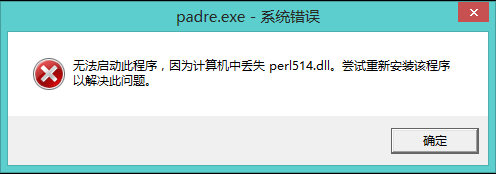Subroutine &keys() and &values() ruturns the keys and values of a hash.#!/usr/bin/perlmy %hash=("a"=>1,"b"=>2,"c"=>3,);my @k=keys %hash;my @v=values %hash;my $count=keys %hash;print "@k\n@v\n$count\n";if(%hash){ print "That's not a empty hash\n";}$ ./key_value.plc a b3 1 23That's not a empty hashAlthough key list and value list are not ordered as we think,they order the same way.Between keys() and values() are called,don't change the hash.&each() returns the key_value pairs of a hash.while(($key,$value)=each %hash){ print "$key => $value\n";}The only use of each() in practice is in while() loop.Note while() is a scalar context,when the condition is a list,take the number of elements of list for true/false judgment.If more than 0 element it is true,0 element is false.We can use foreach to get an ordered key_value pair.foreach $key (sort keys %hash){ print "$key => $hash{$key}\n";}&exists() can judge if a key exists in a hash or not.If exists then true,otherwise false.if(exists $hash{"a"}){ print "There is a value for a\n";}else{ print "There is no value for a\n";}&delete() deletes a pair of value and key from hash.It is not the same as to give undef to a value,with value undef the key_value still exists.The value of hash can be inserted in quotes like value of scalar.#!/usr/bin/perlmy %books=(fred=>3,wilma=>1,barney=>0,pebbles=>undef,);foreach $person(sort keys %books){ if($books{$person}){ print "$person has $books{$person} items\n"; }}%ENV stores the environment parameters of the system,we can get the envs:foreach $env(sort keys %ENV){ print "The '$env' is '$ENV{$env}'\n";}Every value we exports in shell will be added to %ENV.$ export aa=AAAAAAAA # set in shellprint "The name of 'aa' is '$ENV{aa}'\n";The name of 'aa' is 'AAAAAAAAA'Execsices:1. Get names of some users,print their given names.#!/usr/bin/perlmy %names=( fred => "flintstone", barney => "rubble", wilma => "flintstone", );foreach $surname(sort keys %names){ print "The name of $surname is $names{$surname}\n";}##################################2. Input some names,each line one name,Print the times of each name appears.#!/usr/bin/perlwhile(<>){ chomp; $count{$_}++;}foreach $name(sort keys %count){ if($count{$name}){ print "$name appears $count{$name} times\n"; }}##################################3. Print %ENV each line left align,use length() to get the proper length to align.#!/usr/bin/perlmy $longest=0;foreach(sort keys %ENV){ $longest = length($_) if $longest < length($_);}foreach $env(sort keys %ENV){ printf "%-${longest}s: %s\n",$env,$ENV{$env};}



